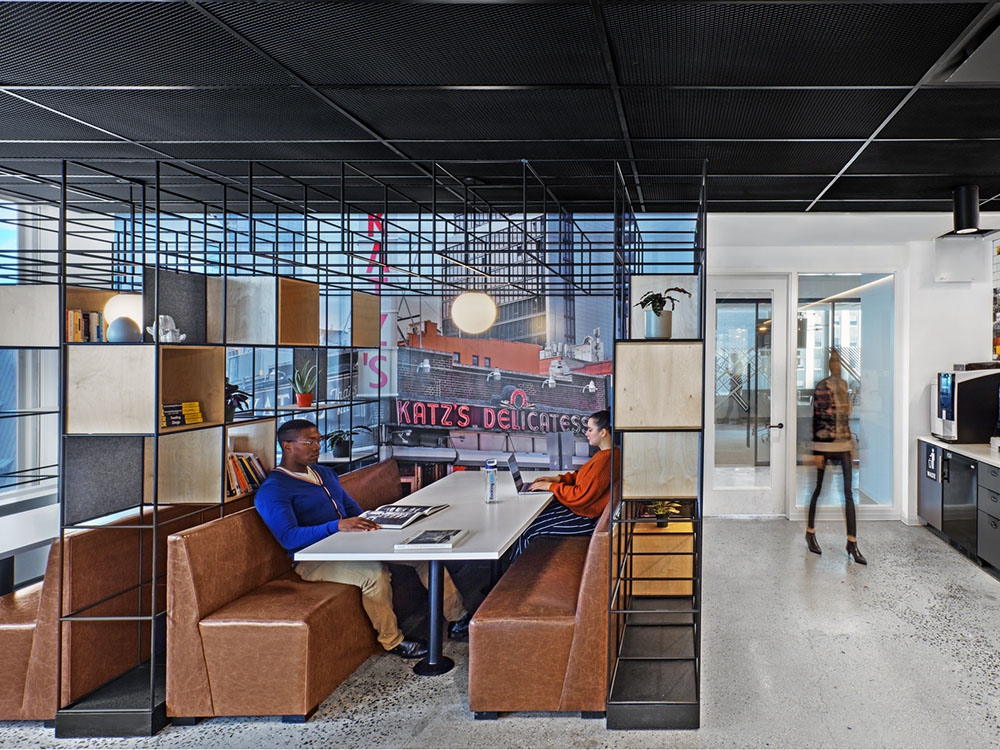
Global Workscapes: Navigating Workplace Trends Worldwide
In today's interconnected world, businesses have transcended geographical boundaries, ushering in a new era of working. Workplace approaches once varied significantly by country and continent, each shaped by unique societal, economic, and technological factors, but as the COVID-19 pandemic – referred to by some as ‘the great equaliser’ – has accelerated hybrid work adoption, how different are workplace trends by location today?
In our brand-new blog series, Global Workscapes, we’ll be delving into key workplace trends, and comparing the similarities and differences around the globe. In this blog, we introduce the series by exploring changes in ways of working, employee engagement, and how these differ by country, continent and region.
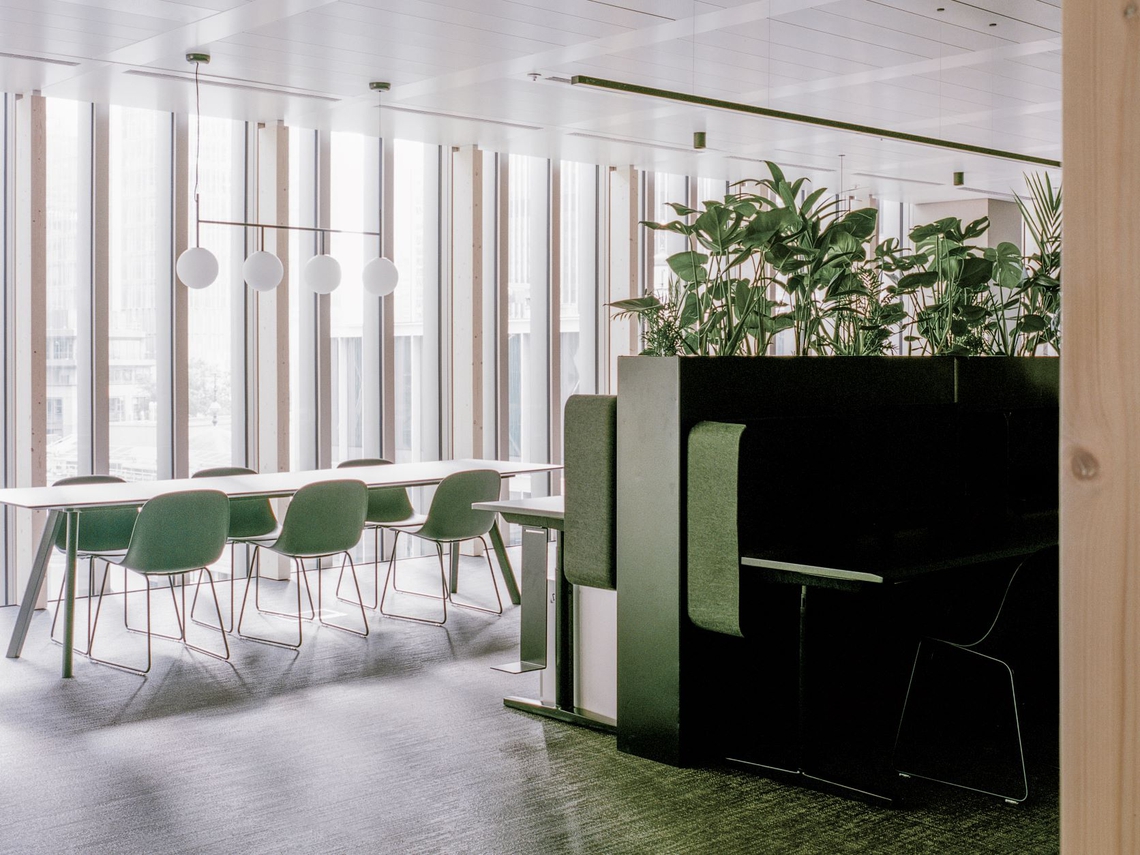
Remote Working by Region
In the UK, research found that there are some interesting nuances in ways of working when comparing rural workers to city workers. Lightcast data shows that working from home is overwhelmingly urban, with UK cities accounting for 80% of all job postings posted online in 2022, but 90% of all remote or hybrid job postings.
Larger cities with thriving economies are more favourable for remote work. Manchester leads with the highest share of remote job postings at 4.43%, followed closely by London, Birmingham, and Bristol at 3.57%, 3.11%, and 2.19% respectively. Smaller urban areas like Worthing and Burnley have the lowest share at 0.10%.
In the US, employer demand for remote work has increased almost 400% since 2016, with over 3.5 million remote job postings listed in 2022. A report by Emsi Burning Glass in the US revealed that nine out of the top ten counties with the highest growth in job posting share from 2019 to 2021 were in rural areas. Additionally, remote job postings from urban-based employers increased by 102% since 2019, potentially contributing to the population shift away from urban areas. These findings highlight changing trends in job opportunities and population distribution as a result of remote and hybrid working.
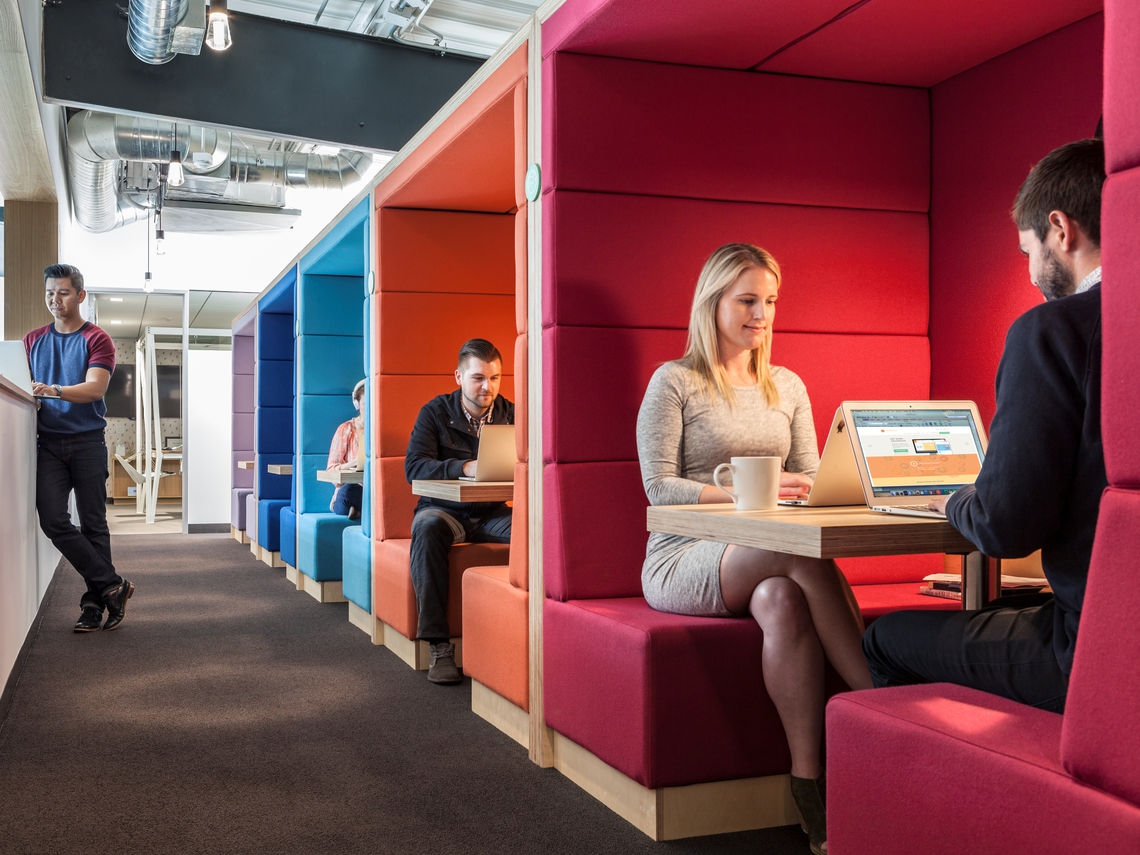
In Africa, though 85% of enterprises had some remote work during the pandemic, less than 6% were completely remote. After the pandemic, only 4% of enterprises planned to remain fully remote. This varied greatly by country, with Nigeria leading the way with 56% of enterprises planning a hybrid work model, compared to 70% of enterprises in Eswatini returning to in-person working alone. These inconsistencies are led by sector rather than technological or cultural differences. For example, Seychelles reported 50% of businesses will return to in-person work, which is due to its heavy reliance on tourism.
Overall, these insights underscore the dynamic nature of global workplace trends. No matter the continent, the impact of remote and hybrid work extends beyond mere job structures, influencing urban-rural dynamics and industry practices. This shows how the evolving nature of work calls for a unique understanding of regional nuances and the role of various factors shaping the way we work across the world.

Worldwide Engagement Post-Pandemic
In Gallup’s State of the Global Workplace 2023 Report, it found that in 2022, employee engagement and job opportunities globally surged, except in the United States and Canada, which had already largely recovered from the pandemic in 2021. Despite the recovery, global worker stress remained high due to economic uncertainties and inflation.
The report found that the majority of the world’s workforce (59%) were ‘quietly quitting’, meaning they were leaving after being quietly or privately disengaged at work. This is in comparison to employees who were ‘loudly quitting’ (18%), meaning they were leaving after being actively disengaged, or employees that are ‘thriving at work’ (23%) and actively engaged. The 23% of employees thriving at work is the highest level recorded since Gallup began their research in 2009.
Although engagement rates soared last year, Gallup estimates that low engagement costs the global economy US$8.8 trillion and accounts for 9% of global GDP. Not in the least that, as Gallup reports, engagement has 3.8 times as much influence on employee stress as working location, and over half of employees globally (51%) expressed intent to leave their job.
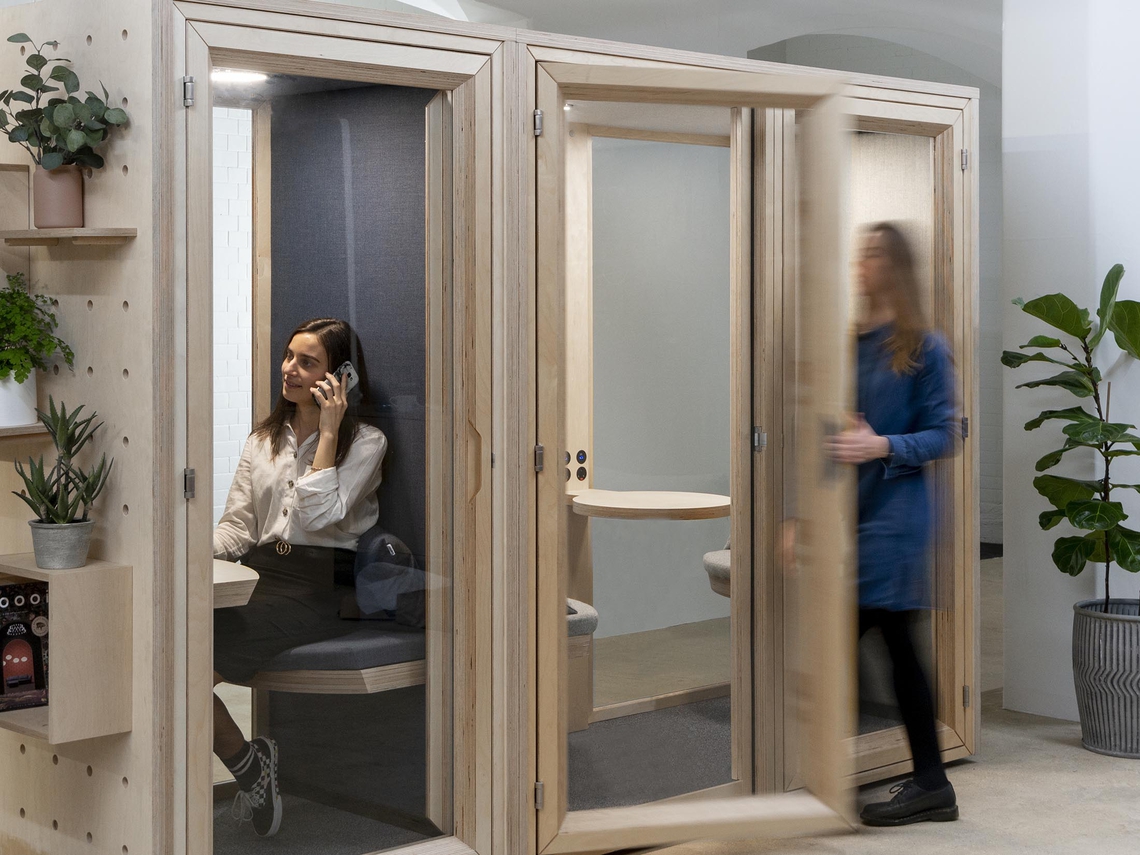
Another key finding in Gallup’s report was that although the world has recovered from the worst of the pandemic, employee stress remained at a record-high level. East Asia, including China tied with the U.S. and Canada for the highest stress levels. Young workers and remote workers in East Asia experienced the highest daily stress levels, with 60% and 61%, respectively, making them the most stressed-out workers in the world. This shows that the wellbeing, mental and physical health of employees remains a top workplace priority.
According to Accenture, Asia-Pacific employees scored significantly lower than their global peers when it came to feeling a sense of belonging at work, while 68% of Japanese employees said they felt unhappy at work. The reason for this may be to do with cultural differences that are blocking remote working practices.
In McKinsey’s Future of Asia Podcast, Maya Horii said that Japan in particular has seen a division in workplace culture since the pandemic, which may reveal why 68% are unhappy.

“There’s a group of companies in Japan which have really embraced this as an opportunity to move more toward remote working, more flexible working, and embrace the change…But at the same time, and because the pandemic hasn’t been as significant or severe in Japan compared to maybe some other countries, I see some companies reverting to the old ways.”
Interestingly, Japan has a strong culture of mentorship and dialogue, and one of the lowest rates for access to personal computers, which makes it a difficult candidate for remote working. So, cultural practices, beliefs and technological factors are having a big impact on remote working adaptation, which in turn, impacts engagement.
The mandatory return to the office has been proven to have adverse effects the world over. In Hassel’s Great Adaptations: The 2023 Workplace Futures Survey, they found that while companies that mandated employees return to the office full time indeed had high rates of return, they suffered in most other key metrics. They had less engagement (18% lower compared to employees at other companies), they suffered from higher turnover, and they had less productive employees. This clearly demonstrates that around the world, countries and regions vary in the way that they measure success. This is largely due to significant cultural differences and more time is needed to make an accurate judgement about how these ideological workplace trends are shifting as a result of the pandemic.

In summary, moving forward, we can expect to see a renewed focus on employee engagement as a means of unlocking productivity. Or, as we called it in our Top Workplace Trends for 2023 blog, creating meaningful moments at work. From becoming an experience multiplier through offering amenities to improve company culture and work-life balance, a continued focus on reducing stress, improving engagement and the wellbeing of employees will be critical in the years ahead around the world, with flexibility playing a big role in the employee experience.
In our next Global Workscapes blog series, we’ll be exploring wellbeing around the globe and how this varies according to flexibility, culture, region and technological differences.




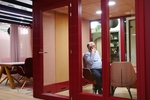
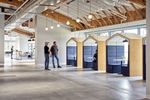
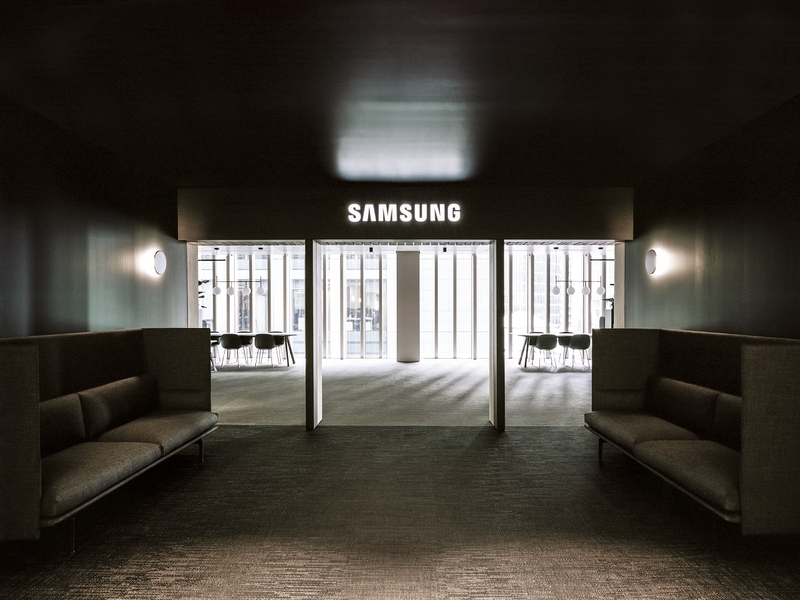
Pared back, content design that paves the way for Samsung’s hybrid, innovative and flexible workforce to build the worl…
TECHNOLOGIE & INFORMATIQUE

Amenant la société ensemble au coeur du quartier financier de Manhattan, Booking.com a récemment déménagé dans de nouve…
SERVICES PROFESSIONNELS
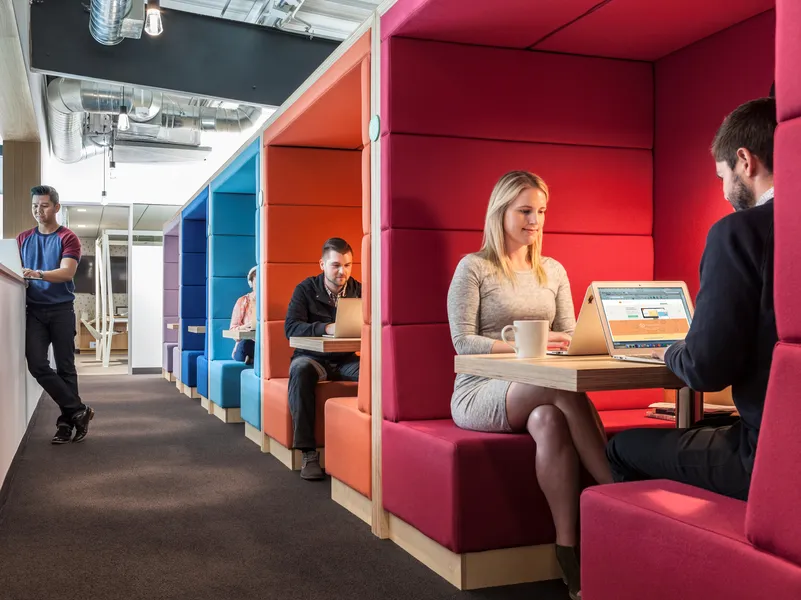
Le nouveau siège social du fournisseur canadien d'application de méditation Headspace, conçu par Kelly Robinson, présen…
TECHNOLOGIE & INFORMATIQUE